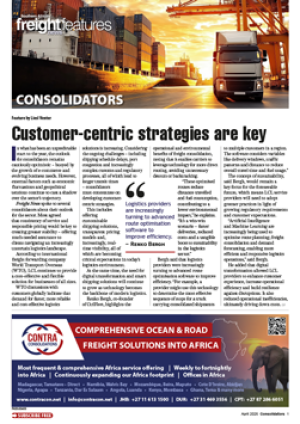The outlook for key commodities has become more complex in recent years, with shifting demand and supply dynamics, investment trends and geopolitical factors all playing significant roles.Copper, however, remains at the centre of the conversation about future commodity demand, according to Richard Horrocks, global head, metals & mining, at Standard Chartered Bank. “There is significant interest in copper, with both Chinese and Western investors keen to capitalise on its long-term potential. However, the cyclicality of the sector means that a more staged approach to asset development is necessary to smooth out supply and demand f luctuations. As we look toward 2050, the world will require 80% more copper – 56 million tons more than what is being produced today,” he said. “To meet the needs, substantial investment is required, not just in capital but also in people.”Geopolitical challenges, particularly the need to collaborate with China, are another crucial factor. “Chinese involvement in key projects, such as the Kamoa-Kakula project in the DRC and others in Guinea, have been effective, delivering projects on time and within budget. However, the global cooperation needed to meet future demand could be at risk if these partnerships weaken.”According to Graeme Train, head of metals and minerals analysis at Trafigura, the supply gaps are becoming more apparent, as analysts project future demand and supply on a linear basis. “With copper, despite positive supply outlooks, there are concerns about whether these projects can close the gaps in time. Currently, there is a considerable supply gap to fill, which may be alleviated by increased recycling efforts. However, the key question remains: will the supply gaps be filled globally, or will Chinese involvement dominate the landscape?”Train and Horrocks agree that Africa’s role in meeting the world’s demand for minerals is becoming more pivotal, especially in copper and bauxite production. According to Nicolas Snowdon, head of metals and mining research at Mercuria Energy Trading SA, Africa is well-positioned for growth, with countries like the DRC emerging as the second-largest copper producer globally. Guinea’s bauxite production accounts for 30% of the world’s supply, while Zambia is set to double its production of copper over the next three years. Snowdon said it was clear that the rulebook for investment in Africa had changed from the early 2000s, with governments and mining companies now working symbiotically to foster mutual growth. The increase in stakeholder dialogue is fostering a more stable investment environment.However, while Africa’s potential is evident, he warned that the continent was still underfunded. LV

